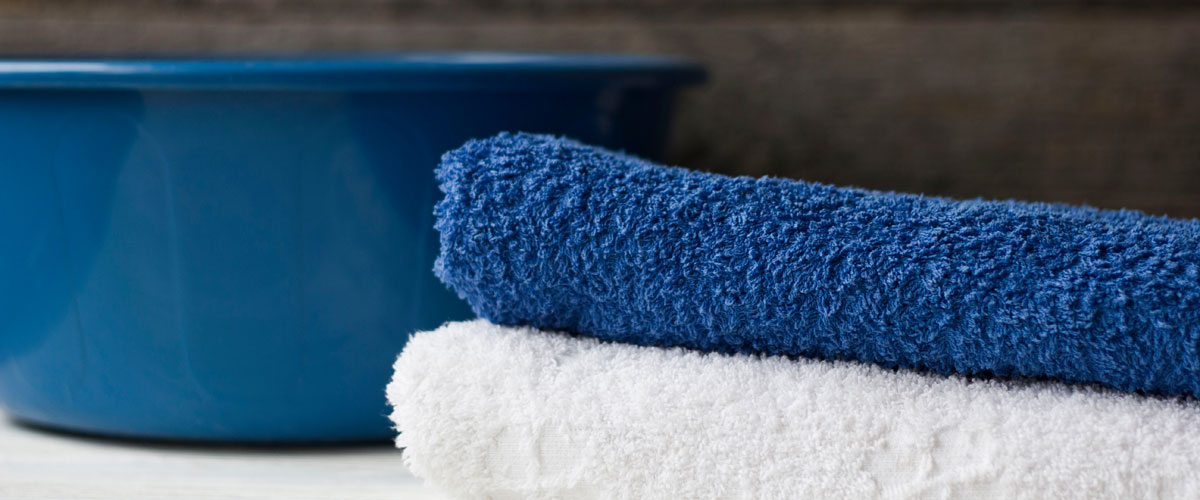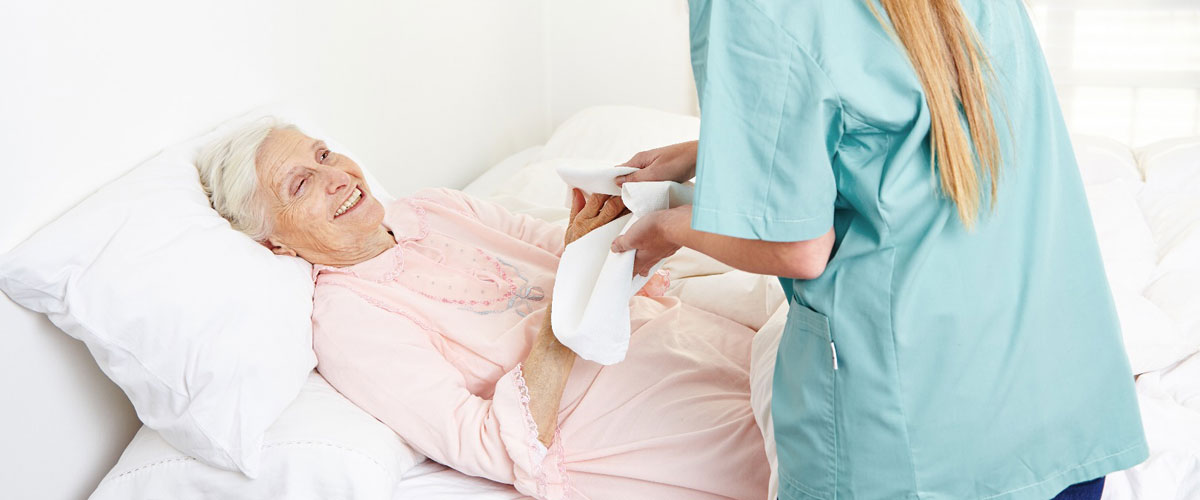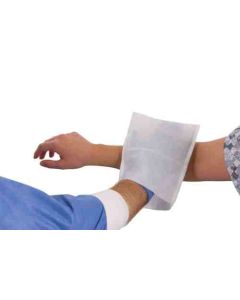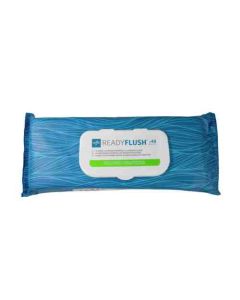We all value cleanliness. It’s good for self-esteem and social acceptance. It reduces germs on the skin, and leaves us smelling fresh. It also helps maintain skin integrity and avoid breakdown or infection. Cleanliness is important, but cleanliness can also be a challenge.
In geriatric and immobile patients, skin can become less resilient, less elastic and thinner due to the loss of subdermal fat. That means the skin may be more sensitive and prone to injury, including pressure ulcers. Therefore, the need to take special care during the bathing process is that much more important.
The problems with traditional basin bathing
The water


Although numerous sources within a hospital can cause nosocomial outbreaks, perhaps the most overlooked, important and controllable source of nosocomial pathogens is hospital water.1 Pathogens can create potent biofilms in hospital pipes, hot water tanks, sinks and faucets.2 Minimising exposure to tap water is inexpensive and effective.
The basin


Basin bathing is widely practiced throughout hospitals and other healthcare facilities, yet it is full of problems that can potentially harm patients. Starting with the plastic wash basin, even if it is disinfected between uses, it is often used as a catch-all bin for patient supplies—or even emesis. In a published study, 98% of all basins tested in a healthcare facility grew bacteria, including S. aureus, VRE, MRSA, P. aeruginosa, C. albicans and E. coli.3
Bath consistency
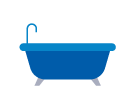

Bed bathing typically uses soap, tap water and other cleansers. However, the bath and products used may vary from one caregiver to another, which can yield different results. This lack of consistency can lead to confusion and misinterpretation by patients or their families.
The linens


Healthcare linens such as washcloths are usually purchased with value in mind, so they’re often not the softest textiles available. Rough when new, the shredding cotton fibres during extreme laundering conditions add to the potential for abrasiveness on delicate skin. Basin baths also require towels and additional bed linens due to drips and spills, creating more work and costing more time for the healthcare professional.
References
¹ Anaissie E, Penzak S, Digani C. The hospital water supply as a source of nosocomial infections. Arch intern Med. 2002;162:1483-1492.
² Exner M, Kramer A, Lajoie L, et al. Prevention and control of health care associated waterborne infections in health care facilities. Am J Infect Control. 2005;33:S26-S40.
³ Johnson D, Lineweaver L, Maze L. Patients’ bath basins as potential sources of infection: a multicenter sampling study. Am. J Crit Care. 2009; 18:31-40.
Patient bathing with disposable products
More sanitary
The use of disposable wipes eliminates the disadvantages of basins, tap water and rough linens, as well as inconsistent product use. Single-use products minimise the risk of cross-contamination because a bath basin is not used and washcloths are not re-dipped, which can cause a potential bacterial burden. Reducing patient contact with shared patient supplies, such as the basin, will decrease the possibility of exposure to bacteria.
The tap water used in patient bathing could also be a potential cause of nosocomial outbreaks, and decreasing contact with it is inexpensive yet effective.¹ Using disposable wipes eradicates the need for tap water.
Staff satisfaction
With wipes, there is no need to carry heavy water-filled basins to patient rooms, and no chance of spilling and creating hazardous walking areas in the hospital. There is no need for dipping and wringing out linens, which results in faster preparation and bathing, giving the healthcare professional more time to tend to other important things.
Patient comfort
Using a single-use wipe ensures that the cloth will be soft and gentle on the skin. Wipes do not go through the same wear and tear from repeated use that cloths in traditional basin bathing do. Patient comfort should be of utmost importance. Using a rough and frayed cloth on already fragile skin could be uncomfortable and may cause further damage.
Standardised cleansing
By using single-use bathing wipes, the hospital or healthcare facility is ensuring consistent care. Each bath will be given with an easy-to-follow protocol, the same type of soap or cleanser is used and each wipe will be soft and new every time. Employing single-use wipes in patient bathing is a way to provide patients with a better bath at an affordable price.
Blog articles
References
¹ Anaissie E, Penzak S, Digani C. The hospital water supply as a source of nosocomial infections. Arch intern Med. 2002;162:1483-1492.
² Exner M, Kramer A, Lajoie L, et al. Prevention and control of health care associated waterborne infections in health care facilities. Am J Infect Control. 2005;33:S26-S40.
³ Johnson D, Lineweaver L, Maze L. Patients’ bath basins as potential sources of infection: a multicenter sampling study. Am. J Crit Care. 2009; 18:31-40.
Related Products
Medline has developed a complete bathing system that is a gentle and hypoallergenic, eliminates cross-contamination and is cost effective. Patient bathing is a habitual need, and Medline offers a product that will do more than keep your patients clean and happy, it will keep them healthy too.


